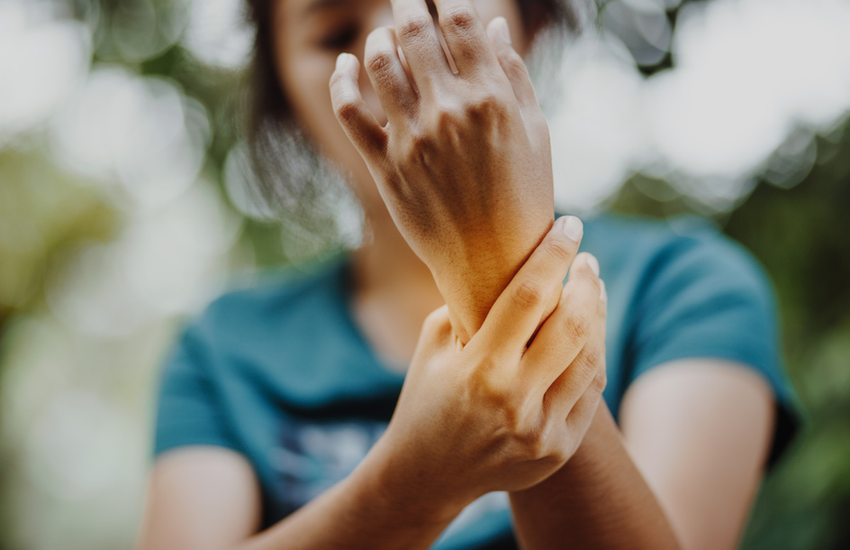Imagine how distressing it can be if you cannot use your hand for simple day-to-day activities. Rheumatoid arthritis can affect your schedule with constant pain, stiffness, tingling, or numbness. Moreover, hand strength and mobility can be devastating with people experiencing the condition. It can be one of the most uncomfortable situations you can be in. If not treated on time, any condition can worsen the situation.
What is Rheumatoid Arthritis?
Rheumatoid Arthritis occurs when the body’s immune system mistakenly attacks healthy tissue. It can cause joint pain, inflammation, and damage throughout the body. The joint damage it causes usually happens on both sides of the body. It means if a joint is affected on one side of your arm or leg, then the other side would also get affected. Rheumatoid arthritis of the hand is most common in the wrist and finger knuckles – specifically the MCP (metacarpophalangeal) joint, or the large knuckle where the fingers and thumb meet the hand, and the PIP (proximal interphalangeal) joint, or middle knuckle.
Did you know rheumatoid arthritis affects more than 1.3 million people, out of which 75% are women in the United States?
Some of the symptoms are the following:
- Hand and wrist joint pain and stiffness.
- Loss of range of motion of the hand and wrist.
- Reduction in hand strength and grip from muscle atrophy.
- Hand and wrist swelling.
- Hand and wrist deformity.
Rheumatoid can affect anyone differently and is more likely to be caused in women, but men can experience severe symptoms. 40% of the people with the condition do not experience signs and symptoms related to joints. Some of the areas are:
- Skin
- Eyes
- Heart
- Lung
- Kidneys
- Blood vessels
- Bone marrow
- Nerve tissue
The treatment options vary depending on several factors, including your age, overall health, medical history, and how severe your case is.
Form Hand Therapy thoroughly assesses your medical history, symptoms, and conditions. Then we examine the targeted areas and may suggest any tests like digital x-rays, open MRIs, or blood tests. We will determine any swollen area, nodules, pain, and x-rays and blood test results during the examination. Based on the assessment, we may help heal your joints and regain your hand function based on the evaluations. The primary goal is to control symptoms, prevent joint damage, and maximize your quality of life and ability to function.

